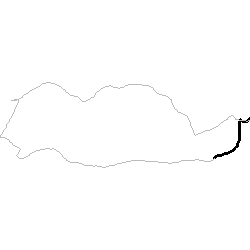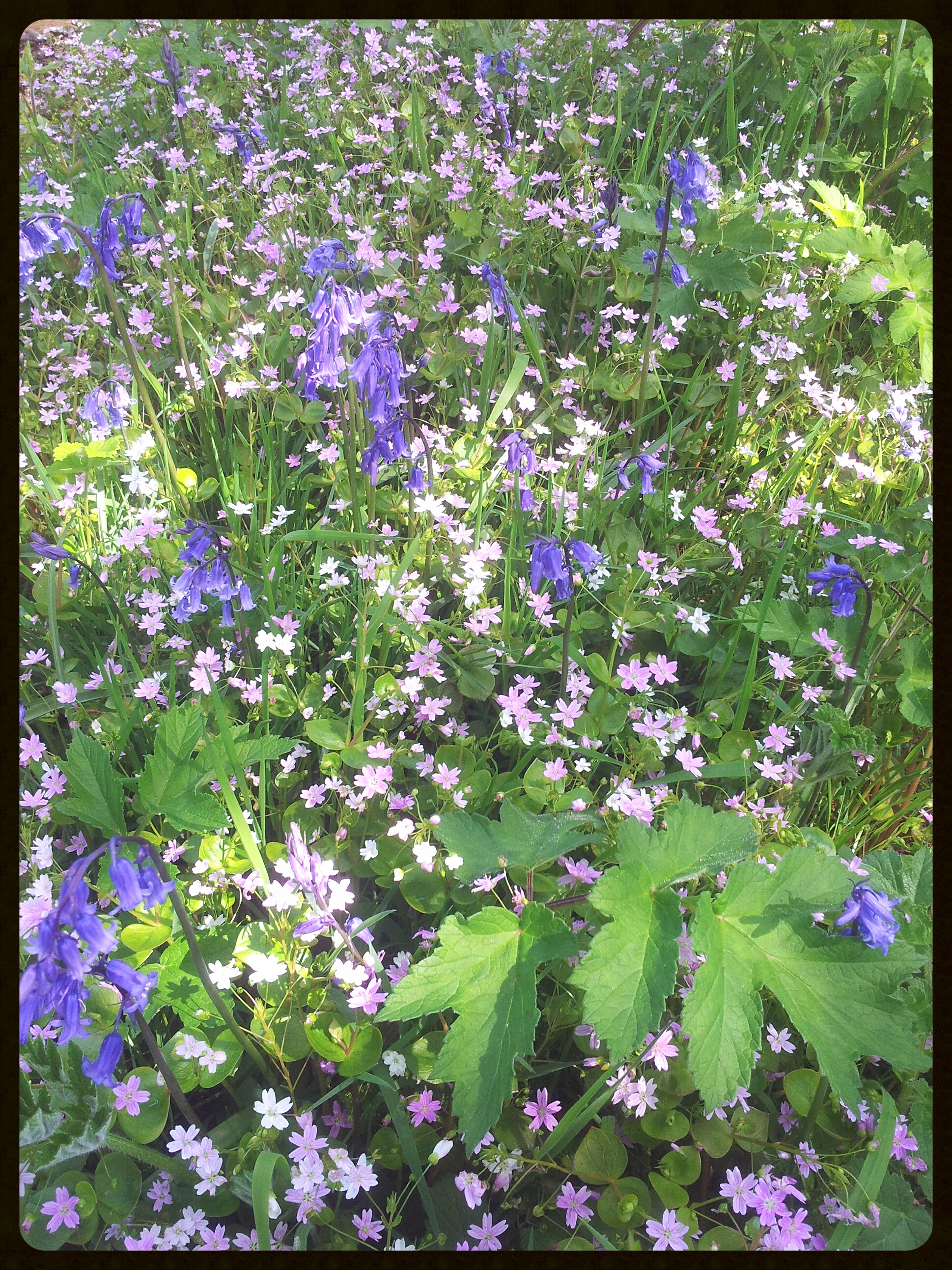Only catching up on photos taken at the end of April…
Lady Mary’s Walk runs West from Crieff along the side of the River Earn, mostly on the flat until one reaches the foot of Laggan Hill after a mile or so, where it forms a circular route back to MacRosty Park.
At the end of April I went for a stroll to hunt bluebells.
The path was particularly pleasant – quiet, leading on through the woods.
As an aside, I’m sure there never used to be such a profusion of wild garlic on these Perthshire woodland nature trails 10 years ago – I only first encountered the stuff whilst out in Galloway.
I was a bit early for optimum bluebell season, but did find a few areas of good blue ground coverage:
And at the western extremity of the route there is a ruined house – it could be quite eerie given the right lighting.

